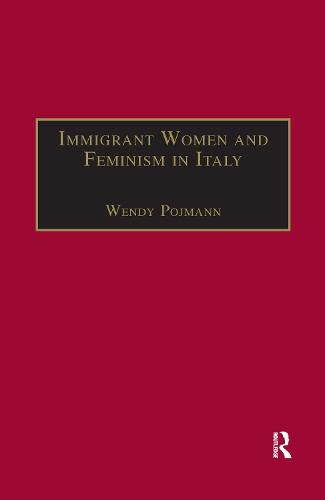Readings Newsletter
Become a Readings Member to make your shopping experience even easier.
Sign in or sign up for free!
You’re not far away from qualifying for FREE standard shipping within Australia
You’ve qualified for FREE standard shipping within Australia
The cart is loading…






The influx of female migrants to Europe has posed challenges to established European feminist movements. In this book the author assesses the significance of female immigration to Italy and its impact on Italian feminism by analyzing the way in which immigrant and Italian women have constructed their relationships over the past 30 years. The book provides comprehensive overviews of the Italian women’s movement and the history of immigration to Italy before examining the formation of immigrant women’s groups, the treatment of immigrant women by Italian women’s associations, and the forging of new relationships in multicultural women’s organizations. Broader comparisons on European migration are made to contextualize immigration to Italy and Southern Europe more generally. By drawing from a variety of research materials such as structured interviews, participant observation and empirical data, the book contributes to an interdisciplinary approach to the study of gender, migration and contemporary Italian history. The book is of interest for scholars and postgraduates in the fields of women and gender studies, migration studies and contemporary European history.
$9.00 standard shipping within Australia
FREE standard shipping within Australia for orders over $100.00
Express & International shipping calculated at checkout
The influx of female migrants to Europe has posed challenges to established European feminist movements. In this book the author assesses the significance of female immigration to Italy and its impact on Italian feminism by analyzing the way in which immigrant and Italian women have constructed their relationships over the past 30 years. The book provides comprehensive overviews of the Italian women’s movement and the history of immigration to Italy before examining the formation of immigrant women’s groups, the treatment of immigrant women by Italian women’s associations, and the forging of new relationships in multicultural women’s organizations. Broader comparisons on European migration are made to contextualize immigration to Italy and Southern Europe more generally. By drawing from a variety of research materials such as structured interviews, participant observation and empirical data, the book contributes to an interdisciplinary approach to the study of gender, migration and contemporary Italian history. The book is of interest for scholars and postgraduates in the fields of women and gender studies, migration studies and contemporary European history.